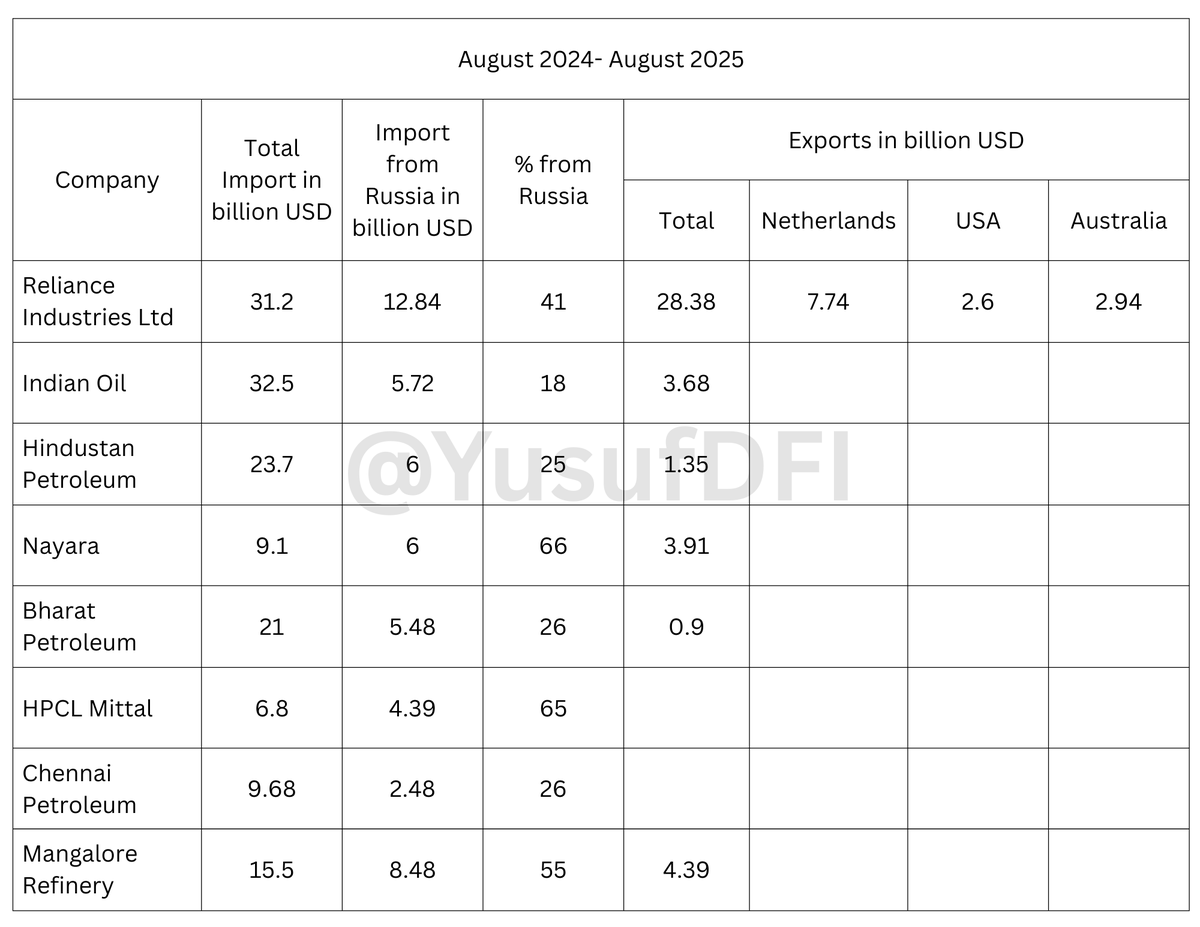Just noticed this labelling system by @Twitter 



Looks like only Russian & Chinese gvt or gvt backed handles have been labelled, so far.
US government too. Noice. Like a double verification of a handle and information about it. The state backed media label is good. 

• • •
Missing some Tweet in this thread? You can try to
force a refresh







